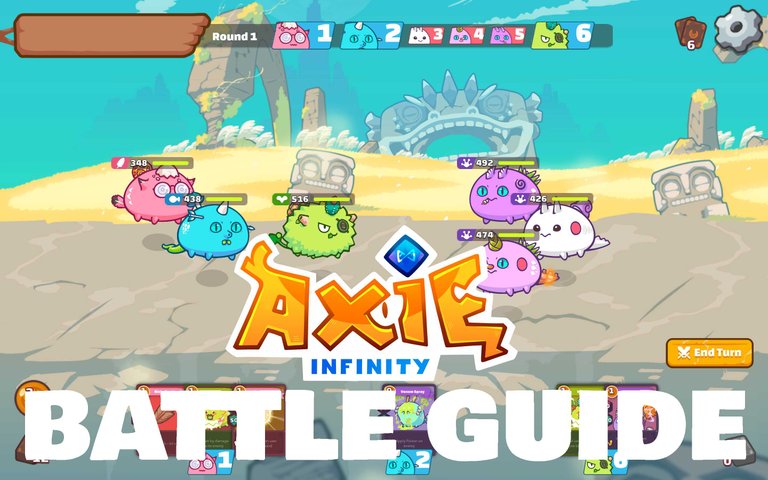
Axie Infinity may seem a simple game at first, something similar to Pokémon that it was inspired by, but has much more complexity. It involves a decent amount of thinking each round before letting the moves go, thinking about the opponent's position with your own to create the best decisions. Although finding the best Axies for a fair team is a significant contributor to the user's possibility of winning, the other part that determines the winner is the user, needing to make each move. Even with the best Axies in the market, such a user can lose to average Axies if they play poorly while the average Axie team plays strategically. This is a basic guide of the battle theory of Axie Infinity, aiming to help maximise your win rate.
Axie Match Layout
Before going into the basic theory of an Axie match, it is first important to outline the important features of the battle layout. An example of a battle game is shown below with the important features boxed and numbered. The reference numbers are beneath the image stating what they are.
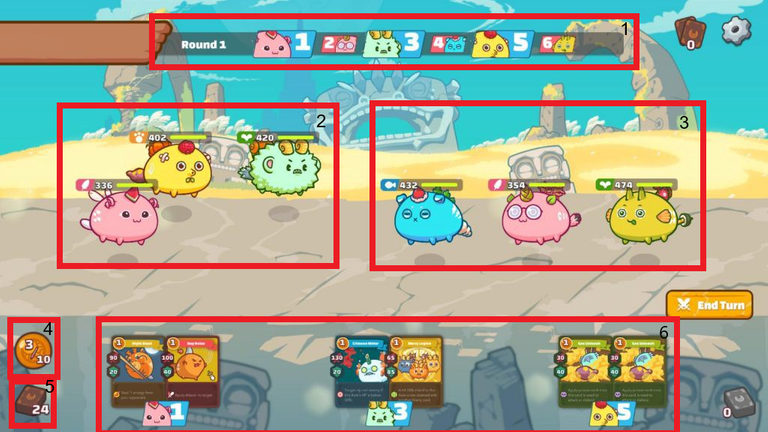
1: Battle order and round number
2: User's Axies
3: Opponent's Axies
4: Energy count
5: Cards remaining
6: Cards
Main Aspects Of Battle Theory In An Axie Match
There are a variety of aspects to take note of while playing an Axie match, considering each to make the best moves deemed for an effective play and team coercion. The main aspects of Axie's battle theory include:
- Axie positions
- Axie composition
- Cards
- Energy and card count
Axie Positions
Axie positions are important because it determines the order and probabilities in attacking the opponent's Axies and the opponent attacking your Axies. The closest Axie will be the first target for an Axie attacking. This means that if you have a tank Axie, which is most likely the case, it should be at the front of the Axie team to sponge the damage, keeping the Axies behind safe for an attack. When the first target is killed, it moves to the next closest Axie, and so on until no Axies remains. A good idea would be to have the tankest Axie first, then the second tankest second, and the weakest last, though it depends on what strategy is taken.
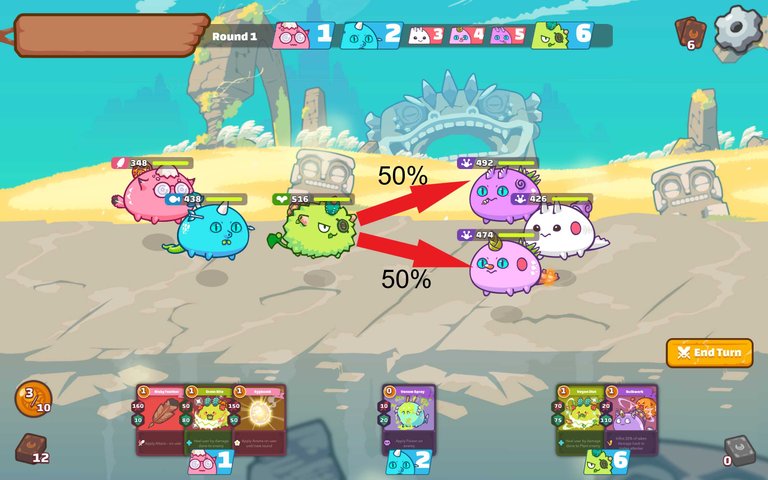
However, putting it in a straight line would bring up issues in attacking. If there are two targets equidistant to an Axie, then there is a 50-50 chance for one to be attacked. The displacement messes the attacking of Axies, making the round more confusing to work with. What should be done is to have the tankest Axie in the front centre, then the other two Axies either on the bottom or top line to prevent the equal chance of attacking two Axies.
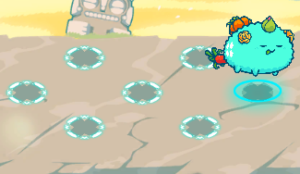
Axie Composition
What the opponent has is important to take in because it may come as a surprise when playing, ruining the strategy you initially set. Clicking on the opponent's Axies allows for them to be viewed, depicting their moves, stats and class. By having a good idea of each Axie, the general strategy of the opponent can become calculated to set out your own strategy in response and reduce chances of surprising moves from the opponent. Take note of the classes as well because classes that are weaknesses to others will take an additional 15% of damage.
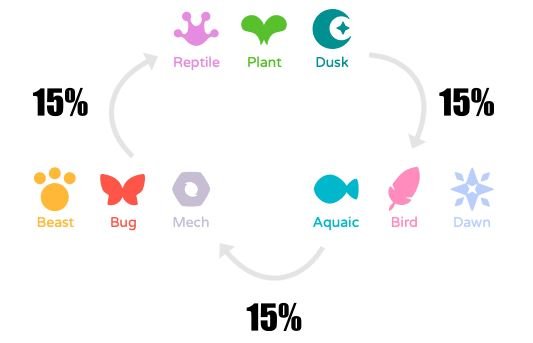
Cards
Taking note of the moves both you and the opponent have ensures that a valid strategy can be made. Some cards require specific requirements, which some may miss, missing an opportunity to gain an advantage within their side. For example, some cards give additional damage for being played with another card for the Axie. There are four main features of a card:
- Energy - the amount of energy the card cost to play
- Attack - the amount of damage a card does
- Shield - the amount of additional health an Axie receives. The shield starts at the beginning of the round and wears off at the end
- Effect - the special ability associated with the card to give additional benefits
An example of a card is shown below.
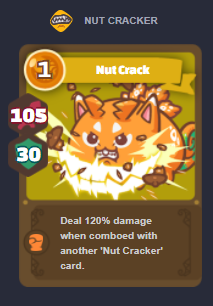
Energy And Card Count
Taking a record of how much energy and cards you have throughout the match is important because it ensures that you are playing sustainably and gaining an advantage if the opponent happens to be playing in a manner that places them in a vulnerability. It is usually not a good idea to go 'all out' at the beginning of a game since it takes a huge amount of energy and may not be worth the aggressiveness. Each user begins with 3 energy and gains 2 every round, going up to a maximum of 10, so using energy efficiently is a key factor in an Axie match. If the opponent has played a lot of energy and cards, then you would know that in the next round the opponent would not have much to do, and so can counter-attack with a high probability of little retaliation.
Final Words
These are some of the main factors to take into account when playing an Axie match and help decide how to play throughout the match, preventing any poor moves while taking advantage of any mistakes from the opponent. Axie Infinity is not as simple as it looks, requiring a decent amount of skill. It has a learning curve, but can quickly be overcome by learning the theory of Axie Infinity while playing Axie matches. Battling in Axie Infinity may be hard work in the beginning, but over time becomes accomplished and adapted to, developing as a skilled player.
Disclaimer: The information above is not financial advice and is for educational and entertaining purposes. All information is of my personal opinion and is based on the research I have made. Any information on this article should not be mistaken as fact, and any decision with crypto means you need to DYOR (Do Your Own Research)
Posted Using LeoFinance Beta